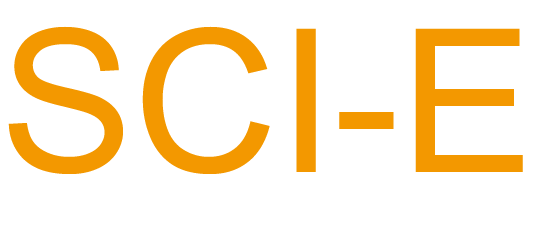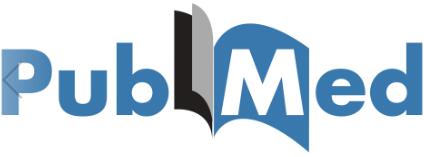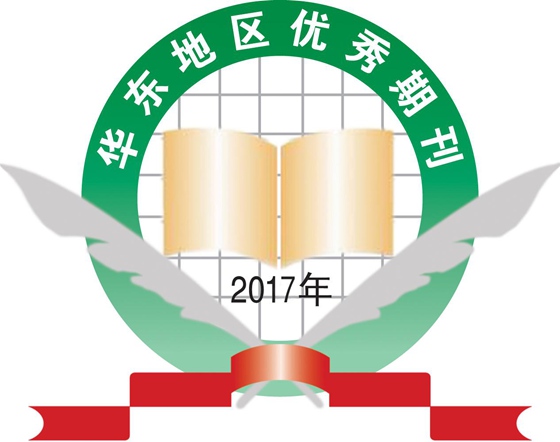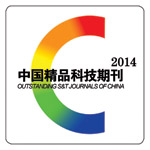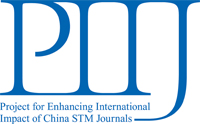Objective
Improper prescribing habits and inappropriate drug use lead to serious health and economic consequences. This study was undertaken to evaluate drug utilization services and prescription patterns of homeopathic doctors in a government homeopathic teaching hospital in India.
Methods
No standardized homeopathic drug use indicators are available. The researchers used indicators for health care setting (drug availability)-modified prescribing indicators and patient care indicators, based on World Health Organization’s core drug use indicators. A cross-sectional, prospective, institutional, observational study of 2-month duration with record analysis was conducted on 600 patients visiting seven different outpatient departments (OPDs) for the first time at Mahesh Bhattacharyya Homeopathic Medical College & Hospital, Howrah, West Bengal, India, using the developed indicators.
Results
Overall availability of prescribed drugs was quite satisfactory (92.28%). Centesimal potencies accounted for the majority of prescriptions (74.76%). There was a poor record of diagnosis (39.17%) except in the OPDs of Gynecology and Obstetrics (68.48%, P < 0.01) and Dermatology (64.58%, P < 0.01). Records of investigational findings and ongoing therapies, if any, were also poor except OPDs of Gynecology and Obstetrics, and Pediatrics. Structure of prescriptions was maintained satisfactorily in all the OPDs. Though tendency of using ‘individualized homeopathy’ predominated, there also existed the use of ‘polypharmacy’. Mean consultation time was 5.9 min. Labeling was extremely poor and is an area needing improvement. The prescriptions were highly legible.
Conclusion
This was a preliminary study, conducted for the first time in homeopathy using newly developed indicators that yield meaningful results. Further studies are necessary in order to evaluate the different factors involved and to plan future interventions to improve the quality of care in healthcare settings.
 Table of Content
Table of Content



